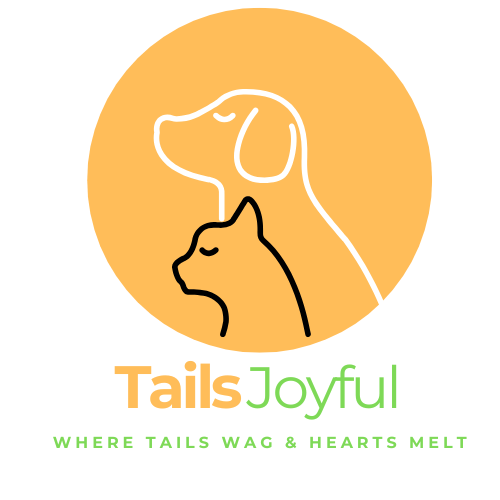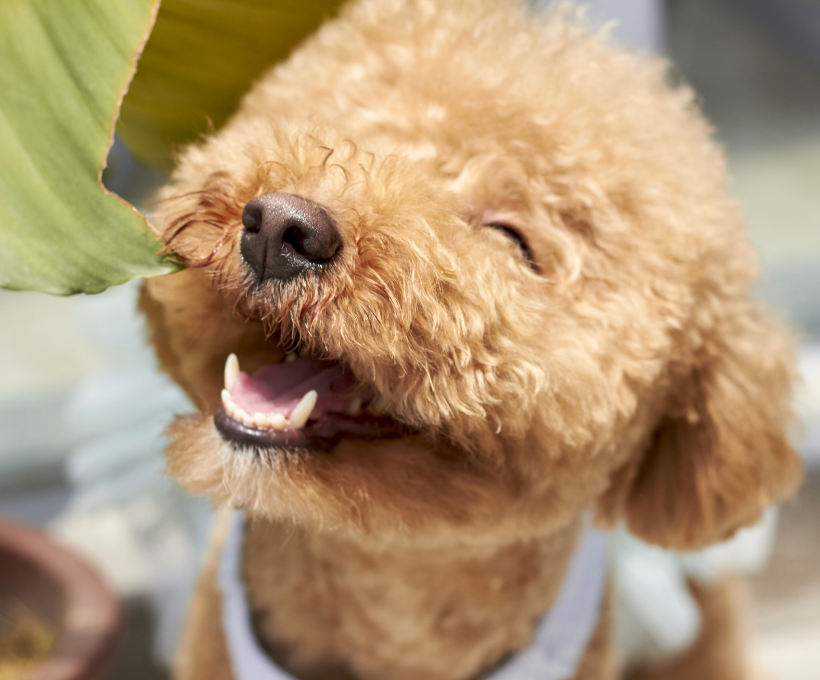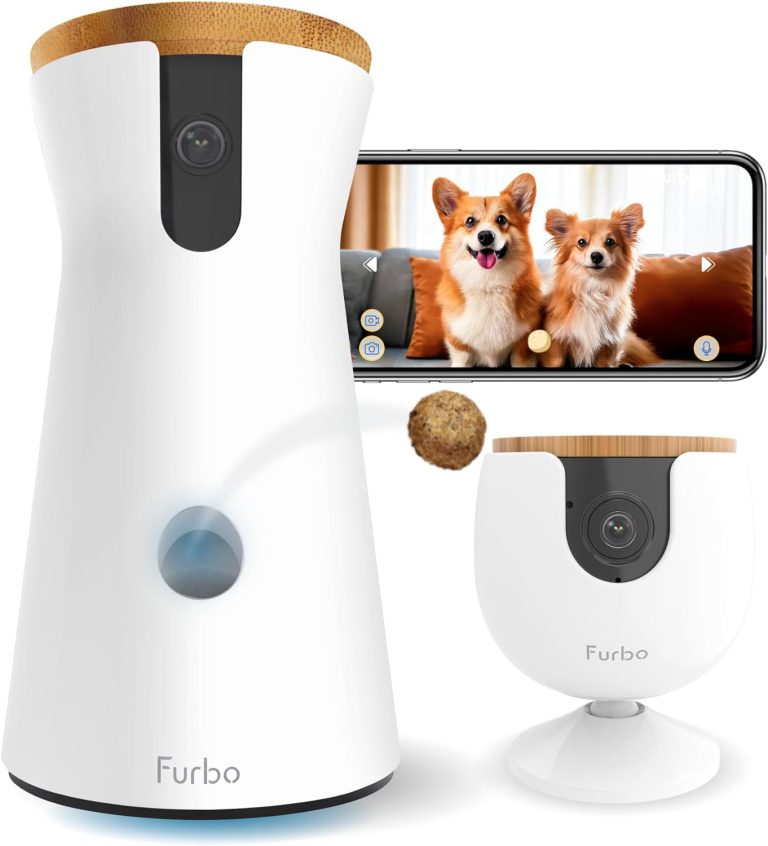Dog Grooming is an essential part of care that not only keeps your pet looking great but also contributes to their overall health and happiness. Regular grooming helps prevent health issues, reduces shedding, and strengthens the bond between you and your furry friend. In this article, we’ll cover essential grooming tips for dogs, ensuring your pet stays healthy and happy while also making it easier for you to manage their grooming routine.
Why Dog Grooming is Important
Grooming is more than just a beauty routine; it plays a crucial role in your dog’s health. Regular grooming helps to:
- Prevent Matting: Long-haired breeds are particularly prone to matting, which can cause skin irritation and discomfort.
- Reduce Shedding: Regular brushing helps to remove loose fur, keeping your home cleaner and reducing allergic reactions.
- Promote Healthy Skin: Grooming stimulates natural oils in your dog’s skin, keeping their coat shiny and healthy.
- Detect Health Issues: Regular grooming sessions allow you to check for lumps, bumps, or skin irritations that may require veterinary attention.
Essential Dog Grooming Tools
Before you start grooming your dog, it’s essential to have the right tools. Here are some must-have grooming supplies:
- Brushes: Choose a brush that suits your dog’s coat type. Slicker brushes are ideal for long-haired breeds, while bristle brushes work well for short-haired dogs.
- Combs: A metal comb can help detangle fur and remove debris.
- Nail Clippers: Regular nail trimming prevents discomfort and potential injury. Look for clippers designed for dogs to ensure safety.
- Shampoo: Use a gentle, dog-specific shampoo to keep your pet’s coat clean without irritating their skin.
- Towels: Keep a few towels handy for drying off after baths.
Grooming Tips by Coat Type
1. Short-Haired Dogs
For short-haired breeds, grooming is relatively simple. Use a rubber grooming mitt or a bristle brush to remove loose hair and dirt. Bathing should be done every few months or as needed, using a gentle shampoo. Pay special attention to areas prone to odor, such as under the tail and between the toes.
2. Long-Haired Dogs
Long-haired breeds require more frequent grooming. Brush your dog at least 2-3 times a week to prevent tangles. During shedding season, daily brushing may be necessary. Make sure to use a slicker brush to reach the undercoat. Regular baths every 4-6 weeks will help maintain their coat’s health.
3. Curly-Haired Dogs
Breeds like Poodles and Bichon Frises have curly coats that can mat easily. Regular grooming every 4-6 weeks is essential. Use a slicker brush to detangle the fur, and consider professional grooming every few months to maintain their coat shape.
Bathing Your Dog
Bathing your dog is an important part of grooming. Here are some steps to ensure a successful bath time:
- Choose the Right Location: Use a bathtub, shower, or outdoor area, depending on your dog’s size and temperament.
- Use Lukewarm Water: Ensure the water is comfortable to the touch—neither too hot nor too cold.
- Apply Dog Shampoo: Use a dog-specific shampoo to avoid skin irritation. Lather well, avoiding the eyes and ears.
- Rinse Thoroughly: Make sure to rinse all the shampoo out of your dog’s coat to prevent irritation.
- Dry Off: Use towels to dry your dog, and consider using a pet dryer on a low setting for long-haired breeds.
Nail Trimming and Ear Cleaning
Don’t forget about nail trimming! Regularly check your dog’s nails and trim them every 3-4 weeks. If you hear clicking sounds on the floor, it’s time for a trim.
For ear cleaning, check your dog’s ears weekly for dirt or wax buildup. Use a vet-recommended ear cleaner and a cotton ball to gently clean the outer ear.
Conclusion
Regular grooming is vital for keeping your dog healthy and happy. By following these grooming tips and using the right tools, you can maintain your dog’s coat and overall well-being.
Investing time in grooming not only enhances your dog’s appearance but also strengthens your bond, ensuring your pet feels loved and cared for. Happy grooming!
You might be interested in the following article about dog toys: Best Dog Toys for Aggressive Chewers: Durable Picks That Last






[…] Dog Grooming Tips […]
[…] Dog Grooming Tips […]